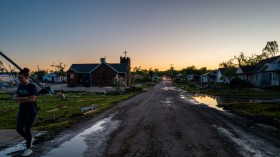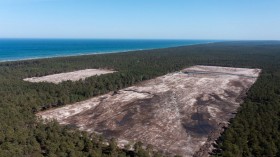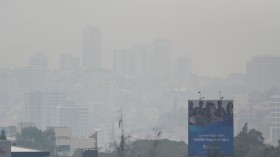The largest deep earthquake in the world occurred May 2013 off the coast of Russia, according to a latest study. The earthquake measured 8.3 on the Richter scale and shook up the earth's mantle. Researchers aren't sure how an earthquake of this magnitude can occur so deep below the crust.
The quake occurred at a depth of 378 miles in the Sea of Okhotsk May 24, 2013. Experts speculate that the energy released by the earthquake was comparable to a 35 megaton TNT explosion. The deep quake was much larger than the 1994 earthquake that had occurred 637 kilometers beneath Bolivia.
Deep earthquakes occur in the transition zone between the upper and lower mantle. They occur when one plate of the Earth's crust dives beneath another plate. These quakes can't be felt on land but are however of great importance to scientific studies.
"It's the biggest event we've ever seen," said study co-author Thorne Lay, a seismologist at the University of California, Santa Cruz.. "It looks so similar to shallow events, even though it's got 600 kilometers of rock on top of it. It's hard to understand how such an earthquake occurs at all under such huge pressure."
Lay said that the rupture area extended 180 kilometers, which is larger than any other deep earthquake rupture ever recorded. The rupture velocity of this mega-quake was about 4 kilometers per second, which is more like the rupture velocity of shallow quakes rather than deep ones.
"It looks very similar to a shallow event, whereas the Bolivia earthquake ruptured very slowly and appears to have involved a different type of faulting, with deformation rather than rapid breaking and slippage of the rock," Lay said in a news release.
Scientists attributed the differences in the intensity of the two earthquakes to the difference in age and temperatures of the subduction slab of the quake's location. The Pacific plate beneath the Sea of Okhotsk is a lot colder than the plate near Bolivia.
The study findings are published in the journal Science.
© 2024 NatureWorldNews.com All rights reserved. Do not reproduce without permission.





